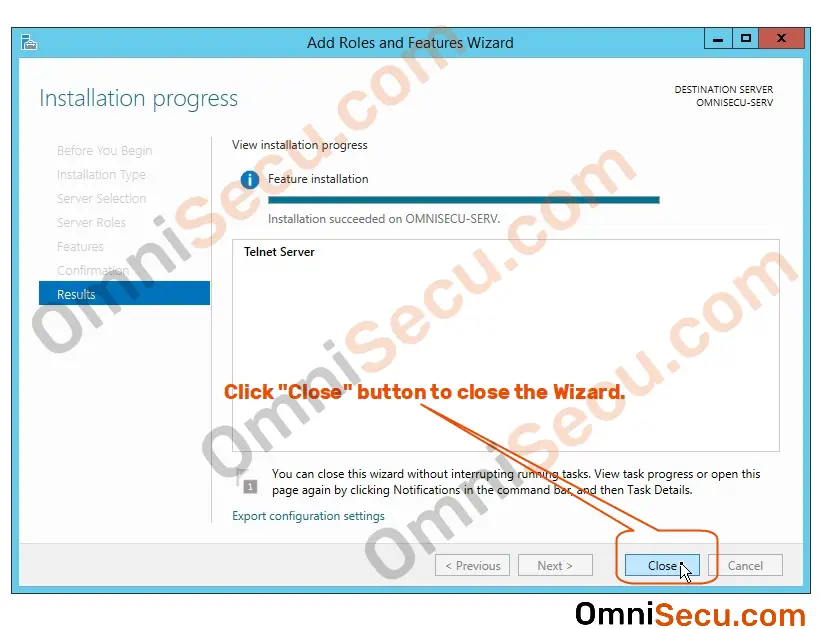

From any machine with a telnet client, you can just open a command line and type telnet machine_name, where machine_name is either the DNS name or IP address of your server.Telnet is a command-line protocol that is used to connect remote systems over the network and manage them with commands. Enter 0 and Enter to stop the TLNTADMN program.ġ1.

Enter 4 and Enter to start the service.ġ0. Enter 0 and Enter to exit the Registry section.Ĩ. Again you'll be asked to confirm that you want to make this change do so by entering y and Enter.ħ. Enter a new value of 1 and press Enter.Ħ. TLNTADMN will show you the current NTLM value and will confirm that you do indeed want to change it confirm that you do by entering y and Enter.ĥ. The default value of 2 requires a special telnet client that I was unable to find-you'll want to change the value to 1 so that regular telnet clients can access this server.Ĥ. Then choose 7 and Enter to modify the NTLM option this controls how logins occur. Choose 3 and Enter this will let you modify a Registry setting.ģ.

To do that, open up a command line and type tlntadmn and press Enter.Ģ. First tell the telnet server to accept usernames and passwords for login security.
#Enable telnet server windows 10 how to#
Here's how to tell a server's telnet server software to accept standard telnet logins:ġ. You can do that, but again, be warned that allowing standard telnet clients to attach requires allowing clear-text passwords-check with your security group before doing this. On the other hand, you may decide that you'd like remote administrators to be able to log in with any kind of telnet client rather than just the Windows 2000 client. From there, you can do anything that you can do from the command line: run batch files, run scripts, or use command-line versions of utilities. (Other Windows operating systems will not be able to connect to the telnet server unless you edit the server's settings to allow it to accept passwords in clear text I'll explain how to do this in just a minute.)Īssuming that you're already logged onto the domain, you can just start a session from a command line by typing telnet servername, where servername is the name of the server that you want to establish the telnet session on. It requires not only a modified telnet server but a modified telnet client as well-but Windows 2000 comes with a client like that. Instead of using clear-text passwords, it uses an NT-style authentication approach called NTLM. While telnet is often a potential security risk because it passes passwords in clear text over the network, Microsoft has reduced that risk by modifying the way the telnet server behaves. You'll see a single-selection drop-down list box labeled Startup choose Automatic, then click OK to close the window. The service you're looking for is named just telnet right-click it and choose Properties.ĥ. Inside Services and Applications, you'll see Services click that and the list of services in the system will appear in the right pane of the window.Ĥ.
#Enable telnet server windows 10 plus#
Under Computer Management, you'll see Services and Applications open it by clicking the plus sign next to it.ģ. Right-click the My Computer icon and select Manage.Ģ. Here's what you need to do to set up the telnet service to start automatically:ġ. Alternatively, you can tell your system to always have the telnet server available by setting up the telnet service to start automatically. You can start it by just opening up a command line and typing net start tlntsvr and pressing Enter. Telnet is built as a service under Windows 2000.


 0 kommentar(er)
0 kommentar(er)
